DEGREES OF COMPARISON OF ADJECTIVES In English, as in Russian, ...

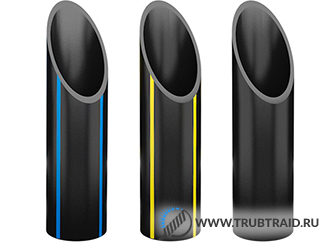
Hardly today there is at least one person left in our country who does not know that plastic pipes are not only cheap, but also very convenient and safe. Now pipes made of polyethylene, polyvinyl chloride, polypropylene and other synthetic materials are used everywhere for a variety of purposes: they are used both in production and in the creation of plumbing, gas, fuel, sewer and other life support systems in residential buildings. In the construction market today you can find plastic pipes of various sizes and types. An unenlightened person, looking at such a variety, can simply be confused. Here, for example, HDPE pipes - what is it and what advantages do they have? Let's try to understand this issue.
First you need to understand what HDPE pipes are. The abbreviation with which they are designated is deciphered as follows: low-pressure polyethylene pipes. Of course, for an ordinary person, this is unlikely to clarify anything, because few people know how low-pressure polyethylene differs from any other. There is nothing complicated here, in fact. As the name implies, low pressure polyethylene is produced by polymerization of ethylene under low pressure conditions. Such polyethylene has a number of advantages over polyethylene produced under higher pressure. The main one is that low-pressure polyethylene begins to melt at a temperature twenty degrees higher than its “rival”. This property significantly expands the scope of pipes made of this material.
So, where exactly are these pipes used? There are many areas of their application, but the main ones are two: water and sewer systems. Moreover, both cold and hot water supply systems are mounted from polyethylene pipes, because they function perfectly at almost any temperature. For the same reason, such pipes are very often used in the northern regions of the country: unlike other plastic pipes, they can be mounted outdoors, even when the temperature outside the window has dropped much below zero. At the same time, HDPE pipes are also very elastic, easily bent and stretched without the threat of deformation, which makes it possible to create structures of almost any complexity with their help.
One of the undoubted advantages is their resistance to chemicals. The walls of the pipes do not react with the substances passing through them, and therefore such pipes serve without fail for many years and do not lose their properties over time.
The durability of HDPE pipes is also explained by their special strength. It is no coincidence that such pipes are often called so - pipes of increased strength. Thanks to this, the systems are maximally resistant to mechanical stress.
And, of course, many are attracted to HDPE pipes by their relatively low price. If we compare it with the price of pipes made of copper or steel, the difference is very, very eloquent.
The production of HDPE pipes and their sale are gaining momentum every year. Should we be surprised by this fact? Hardly. The advantages that low-pressure polyethylene pipes have fully explain their high demand. And it is worth thinking that in the future the trend of increasing the share of HDPE pipes in the Russian construction market will continue. After all, as you know, they quickly get used to the good, and there is a lot of good in HDPE pipes. After all, these are the real pipes of the future, capable of greatly facilitating human life!
Over the past few years, low-pressure polyethylene materials have become especially popular in the arrangement of various and gas. Manufacturers involved in the production of this kind of product apply certain indicators to them, which help consumers understand what the product is intended for, as well as what its technical characteristics are.
Polyethylene products have a very wide range of applications - from communication systems to water supply, gas pipelines and. It has established itself as the most practical and durable, allowing you to equip networks for various purposes. Therefore, the range of goods made of polyethylene is very large.
Among all this variety, it is possible to choose the right product if you find out in advance what the marking of HDPE pipes means. Deciphering these symbols allows you to understand whether it is suitable given form for specific conditions.
Specifications are indicated as a combination of characters on the surface (numbers, letters, words). At the same time, the word "" itself is not applied.

An example of marking.
The marking on the pipe includes several indicators. The main and mandatory are:
Each HDPE pipe, the marking and characteristics of which are applied by embossing or printing on a special device, is equipped with stripes of different colors to simplify the definition of its scope.
For example:
All collectors are manufactured in accordance with standard sizes in accordance with GOST 18599-2001. Depending on the dimensions, the indications of the working pressure of the products may vary (between 5 and 16 MPa). Hole diameters also vary. This indicator is indicated on the outer wall along with other values in the form of a Ø icon. It can vary within 16-200 mm with a shell thickness of 1.5-14.6 mm.
Such materials are sold in bays (usually 100, 200 m), but can be sold in separate segments (from 6/12 m). The total footage of the bay depends on the diameter
The marking of HDPE pipes according to SRD denotes a series of products with certain strength parameters. SRD (Standard Dimension Ratio) is determined by the ratio of the outer diameter of the collector to the thickness of its walls. It allows you to understand what the maximum pressure inside the system can be, so that its shell can withstand it.
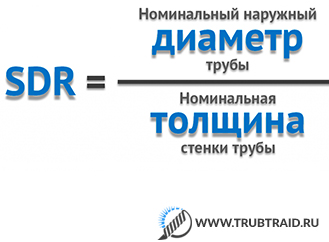 A high SDR number means that the manifold can be used with low wall pressure. Conversely, the lower the indicator, the greater the pressure can be.
A high SDR number means that the manifold can be used with low wall pressure. Conversely, the lower the indicator, the greater the pressure can be.
All of them are operated at a certain temperature, since there is a specific Maximum temperature, at which the material loses its strength or begins to melt (+60⁰ - +80⁰). And if under filing cold water PE 100 (or at least PE 80) can be used, then products with special technical parameters, which are defined by the letters PE-RT, must be used.
The market for polyethylene products is represented by a wide variety of products that differ technical specifications. The idea of \u200b\u200bwhat kind of collector it is, as well as where it can be used, helps to draw up exactly the decoding of the characters on its shell. Knowledge of these indicators will help to obtain the most effective solutions for the arrangement of water supply systems, gas pipelines, supply / transportation of other materials.
The video demonstrates the marking on PE pipes:
Recently, plastic pipes have been actively replacing competitors from other materials in the field of water and gas supply, and wastewater disposal. One of the most popular examples of this class, especially for outdoor and main networks, is the HDPE pressure pipe.
About what performance qualities are inherent in this material, about its advantages, disadvantages and technological features of installation and use - later in the article.
Polyethylene is one of the first polymers used to make pipes. There are two varieties of it, having a different production technology - polyethylene high pressure(PVD, obtained in the 30s of the 20th century), and low pressure (HDPE, synthesized in the 50s).
Both materials are used for the production of pipes for various purposes, the specific use of one or another type depends on the purpose and operating conditions.
Requirements for products, depending on whether HDPE pipes are used for cable, pressure or non-pressure pipelines, due to a wide range of use, are regulated by a fairly large number of GOSTs that define various regulatory requirements.
The main ones are SDR (ratio of wall thickness and pipe diameter), long-term (based on a service life of 50 years) strength, as well as ring stiffness and maximum allowable internal pressure (for pressure pipes).
The data on these parameters are carried by the HDPE pipe itself - their decoding is regulated by the international standard ISO / TC SC4 No. 651.
By appointment, polyethylene pipes are divided into:
In this case, the design of the walls can also be different. So, for example, pipes for HDPE cable can have one layer and smooth inner walls, which makes it possible to lay communications in relatively simple conditions. For difficult soils, at the intersection of overpasses and in other areas with increased load, for better protection of the contents (cable), a double-walled HDPE PVD pipe is used.
Here, the inner smooth-walled pipeline is designed to actually accommodate the line, and the outer shell is corrugated, has increased rigidity and takes on external pressure.

However, for the same reasons, two layers can have and . Also, a smooth HDPE pipe for internal water supply can be made of cross-linked low-pressure polyethylene using one of three technologies.
Depending on the method used, the resulting modifications are classified according to the European standard as PE-Xa, PE-Xb and PEX-c. Each of them has its own set of specific properties, but the common ones are increased strength, heat resistance and low fluidity at high temperature.
At the same time, modifications b and c, due to the peculiarities of the technology, have limitations in diameter: b - up to 63 mm, c - up to 32 mm.
For the device of internal networks of water and heat supply, it is better when a smooth HDPE pipe made of cross-linked polyethylene is used.
It has a lower ability for gas diffusion, so air does not pass through its walls.
Saturation of water with air leads to vibration and noise in the system, and in the case of using ordinary polyethylene pipes, it requires the installation of air separators and other trapping devices.
Low fluidity allows the use of pipes with a diameter of 25 and 40 mm for the installation of risers, including for hot water.
There are two forms of production of HDPE and LDPE pipes: in the form of segments of 6-12 m and coils. As a rule, HDPE pipes of 110 mm and smaller diameters are supplied in coils, while the length of the coil is usually 100 and 200 m, but some manufacturers “coil” up to 500 m.
Sometimes pipes with a diameter of up to 160, and even 315 mm are “packed” in the same way, but, of course, their length will be less. Such impressive lengths are convenient when using HDPE pipes for cable and main pipelines.
They reduce the number of joints, and this reduces the amount of welding work and increases the reliability of the finished object.
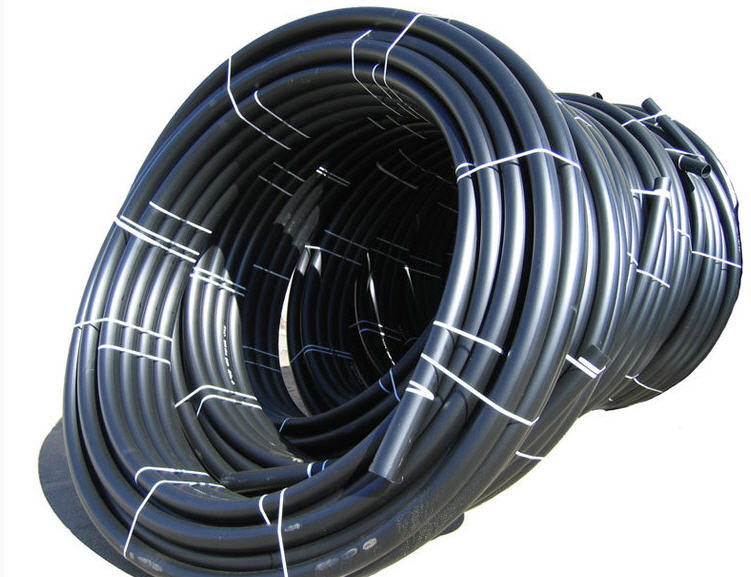
Important information!
If it is planned to lay a pipeline with open sections, black PE pipes should be selected.
Polyethylene in its pure form decomposes under the influence of ultraviolet radiation; in order to avoid this, soot is added to the raw material, which gives the material a characteristic color.
When using HDPE pipes for cable, as a rule, side branches are not expected, so the simplest connections are used here. In plumbing and sewer systems, schemes are more complex - and there are solutions for them.
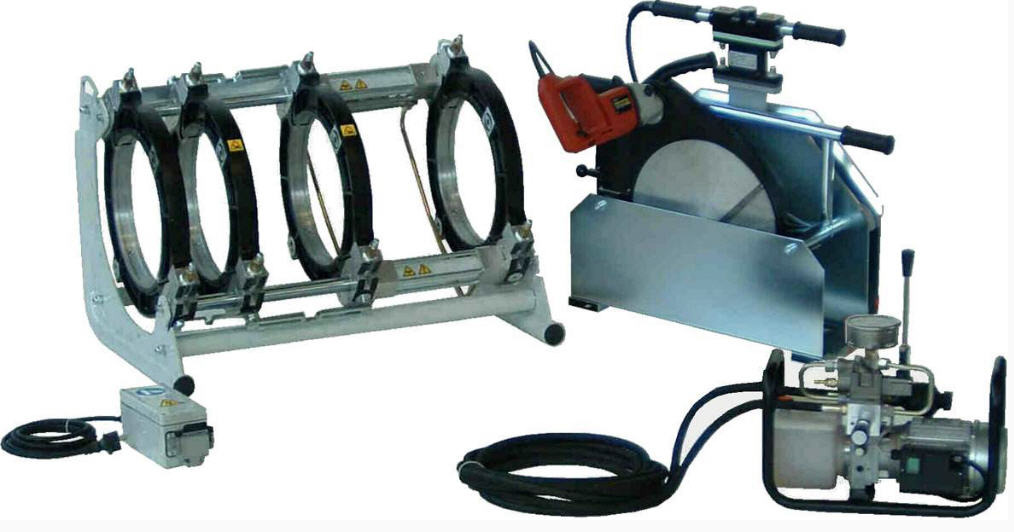
In general, there are the following methods for connecting polyethylene pipes:
In addition to low weight and long service life, the polyethylene pipeline has the following features:
Knowing what HDPE pipes are, what are their operational features, you can easily choose the right brand for the needs of any pipeline - both domestic and industrial. At the same time, the cost of organizing it will be 5-10 times lower than when using classic metal, and the service life will be 2-3 times longer.
When installing a plumbing system in a private house or apartment, various pipes can be used. Until recently, only steel products were used for these purposes. But recently they have been replaced by plastic pipes.
So, HDPE products are quite often used. But this material is used not only for the production of pipes, it is widely used for the manufacture of a wide variety of products, ranging from household items to equipment components. And what is it? What are the characteristics of this material? About this and will be discussed in the article.
HDPE is an abbreviation for a product such as low-pressure polyethylene. Three different technologies are used in its production. Namely:
Depending on the method of preparation, it may have some differences in its composition and structure. Thus, the suspension material contains various chemical stabilizers. And the material produced by the gas-phase method has in its composition the remains of gases and oils.
As a result of such processing of primary raw materials, a material of high density is obtained. This indicator for HDPE exceeds the value of 0.941 g per cubic centimeter. As a result, the strength of the products increases, but its transparency decreases.
HDPE received such properties due to its molecular structure. Its structure is dominated by a low degree of molecular branching. It follows from this that HDPE has large intermolecular forces. That is why he has high tensile strength.
The material is produced in the form of granules, with fractions of 2-5 mm. It is from them that a wide range of products is produced. The material itself has the following characteristics:
Low pressure polyethylene is a highly demanded material in modern industry, construction and other industries. Products from it have not only high strength, but also low cost. It was the latter fact that made PND popular.
This material is used in the production of:

All these products are manufactured extrusion method. But other technologies can be used with HDPE. For example, various household items (toys, dishes, containers, etc.), accessories (for the clothing and furniture industry), components and parts for various equipment (household appliances, cars) can be poured under pressure. If the rotor method is used, then it is possible to produce tanks, heavy blocks, three-dimensional structures (for example, for children's playgrounds).
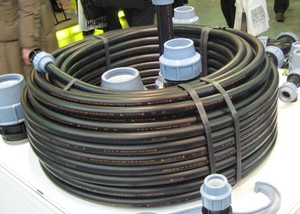 Very often, when conducting a water supply system, pipes made of low-pressure polyethylene are used. And what justifies such popularity of this material? What are the improved characteristics of HDPE pipes?
Very often, when conducting a water supply system, pipes made of low-pressure polyethylene are used. And what justifies such popularity of this material? What are the improved characteristics of HDPE pipes?
First, these products not afraid of aggressive environments. Chemicals, corrosion, moisture - all this is not scary for HDPE pipes. This means that the products have a long service life. Most manufacturers indicate that their pipes will last 50 years or more.
Secondly, HDPE pipes are lightweight. This greatly facilitates the installation work. There are many fittings for connecting HDPE pipes. At the same time, highly qualified specialists are not required for installation work. Yes, and the delivery to the installation site will not cause problems. Pipes are produced in bays, which are very easy to transport from place to place.
The operation of HDPE pipelines is also facilitated. The inner surface of the pipes is absolutely smooth, which prevents blockages from forming. Products are not afraid of frost. Even if water freezes inside the pipes, it will not harm them. HDPE is very flexible. The resulting ice plug will simply increase the diameter of the pipes, but will not break them.
If a breakthrough occurs, the repair will not take long. Inserting a new piece of pipe using existing fittings is not difficult. In addition, HDPE pipelines do not require special care.
HDPE or low pressure polyethylene - modern and practical material. It is widely used in many industries. Various items household items, toys, accessories and many other products are made of this convenient material. HDPE is also used for the production water pipes. Pipelines made from such products meet all sanitary standards and have served for more than half a century.
Pipe products made of low-pressure polyethylene are mainly used for the installation of cold water supply, gas networks and sewerage, but their scope is much wider. When using such products on the entire pipeline line, the water will reach your faucet in a perfectly clean condition. They are ideal for domestic and storm sewers.
The key difference between HDPE pipes is environmental friendliness, biological neutrality, resistance to wall deposits and most chemicals, including acids and alkalis. Production features (as in other types of pipe products) are reflected in the marking code, the decoding of which will help in choosing the right type from the presented range.
Polyethylene tubular products can be made from different materials, which affect their performance, in addition, are divided into pressure and non-pressure. Non-pressure ones have less strength and are used in gravity systems, as well as in apartment or house plumbing.
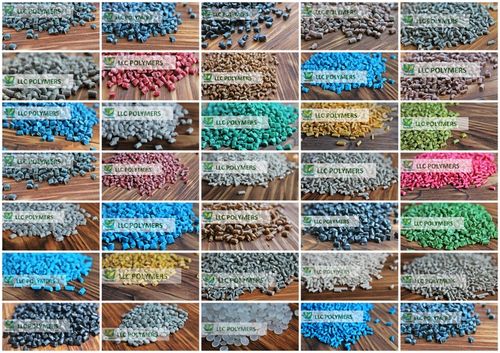
On sale you can find products from the following types of PE (see photo):
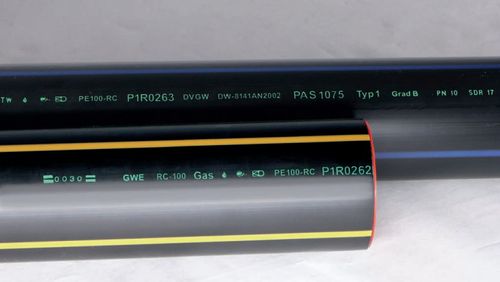
For example, the marking of HDPE pipes for cold water supply will start with PE63 or PE80, contain a mark of drinking water and a diameter of 32 mm.
Marking with a colored line - indicates the scope and average characteristics:
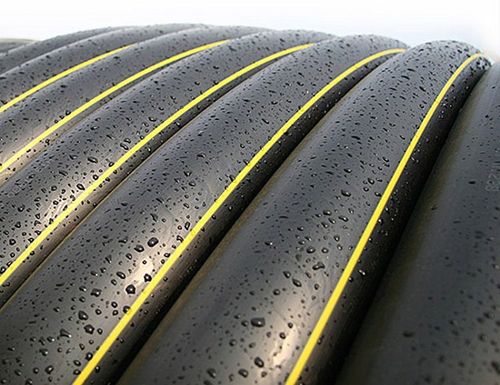
Other values are allowed.
An approximate marking of a HDPE pipe for a water supply system is shown in the photo. It clearly shows what information is applied to the tubular product. The labeling procedure for this type of product is regulated by GOST. The code usually contains characteristics for which technical or drinking water this product is intended. Also pay attention to the diameter, for circuits with low pressure, they usually take 32 mm.
The marking and characteristics of the HDPE pipe contain the following sequence of data (see photo):
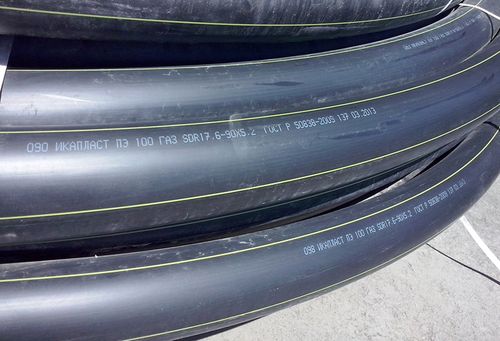
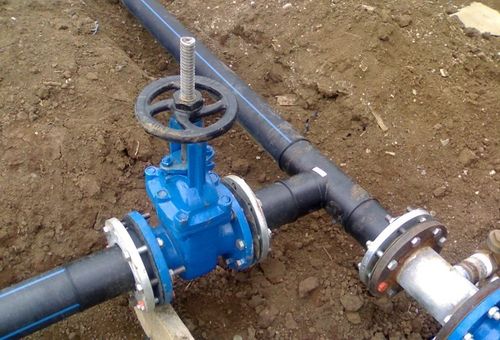
SDR stands for Standard Dimension Ratio. It indicates the pressure that is exerted on the walls. This parameter is not calculated, but is typical. The value is taken from the state standard, in accordance with which pipe products are manufactured.
The lower this indicator, the greater the pressure the product is designed for. The wall thickness can not be measured, but calculated, starting, for example, from a typical diameter of 32 mm.
HDPE pipes are widely used for laying engineering networks due to their long service life. The warranty period is 50 years, in this case it means the minimum possible time of use. On average, such pipelines can be operated for 300 years.
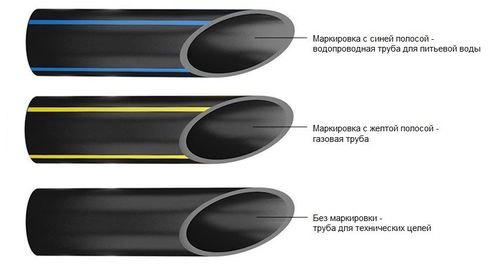
This type of pipe products can be used in hot and cold water supply systems, as well as high-temperature heating due to the ability to thermal expansion. Service life and resistance to aggressive media, including non-freezing coolant, in many cases determine the final choice of consumers.